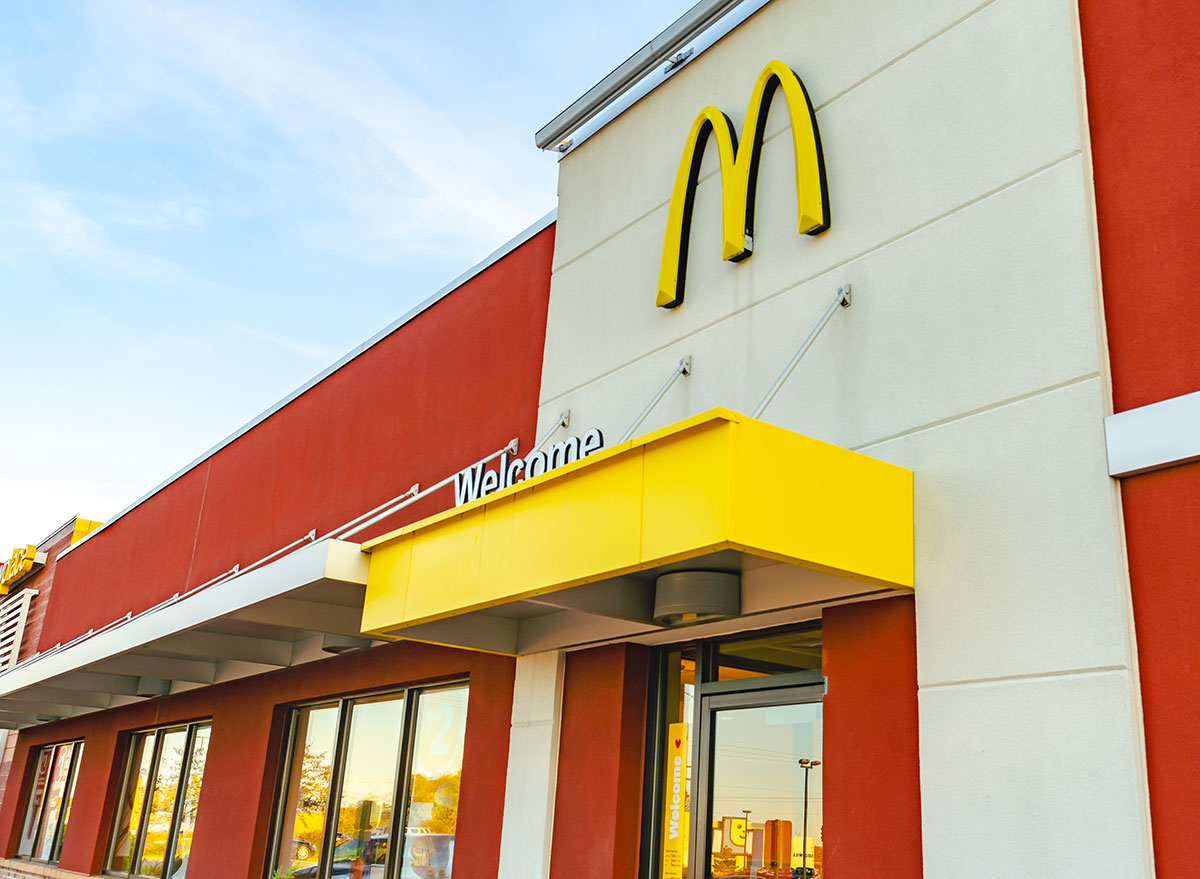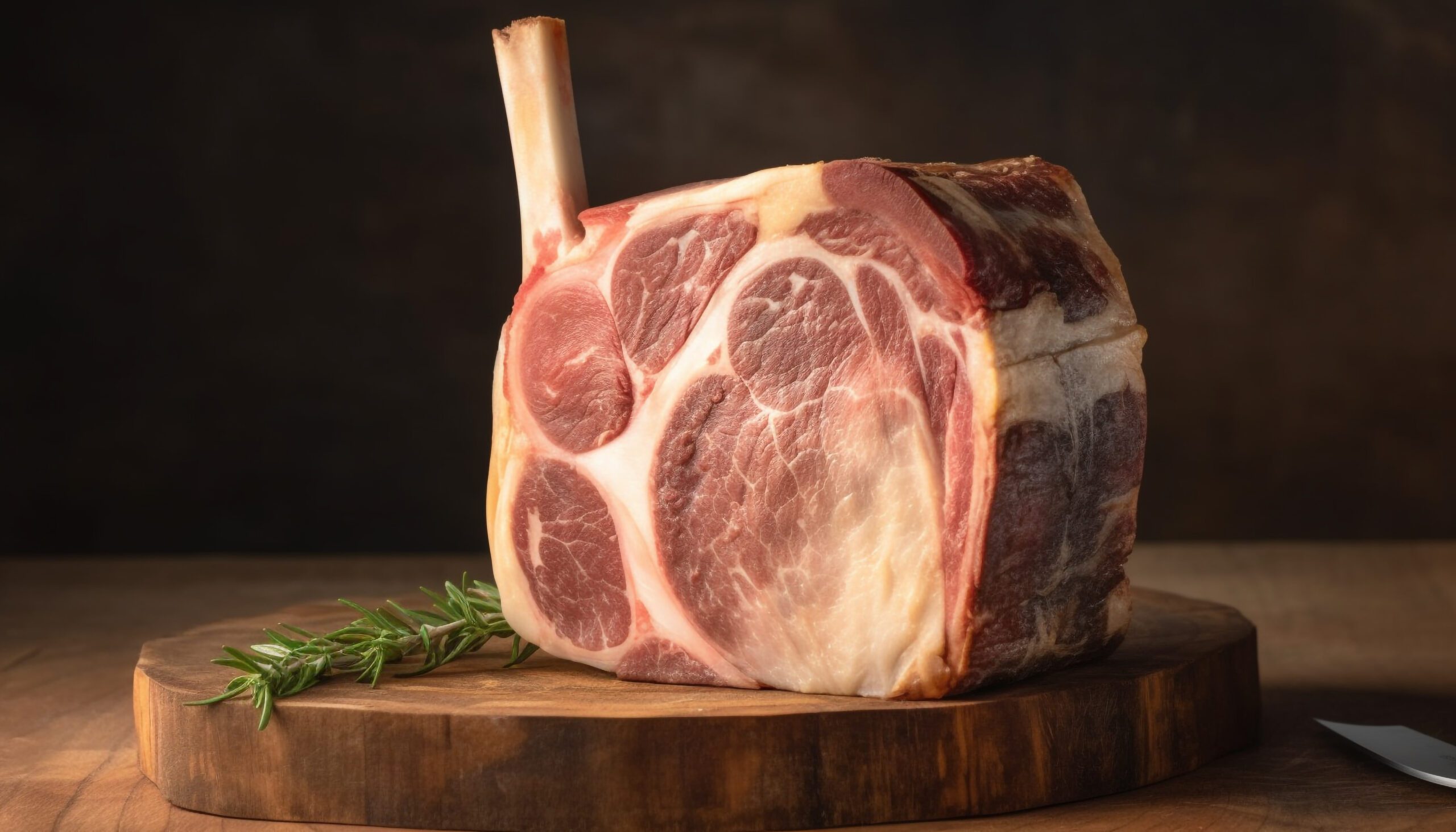High price, nebulous health benefits and other challenges have hindered the success of plant-based meats
Plant-based meat, heralded by many as the death knell to Big Meat, appears at this moment to have dealt only a flesh wound.
The promise of high-tech meat substitutes prompted a frenzy of celebrity investment and red-hot IPOs in 2019. The pandemic saw significant consumer curiosity and a stampede of newcomers in the category, including entries from the world’s largest food and meat companies, with Tyson, Smithfield, Perdue, Hormel, Nestlé and others leaping into the fray.
Analysts wrote about the hunger for meat, dairy and egg substitutes among “flexitarians” — non-vegetarians looking for easy swaps to do less harm to the environment, animals and their health. Executives poured in from other multinational food companies to nab top jobs in the nascent industry; fast food giants added plant-based offerings with much fanfare.
But then thingsslowed down. Meteoric growth in 2020 flattened in 2021 and retail sales have dropped more than 10 percent in the past year. Beyond Meat, the Los Angeles-based purveyor of plant-based burgers, crumbles, nuggets and such,saw its stock prices plunge nearly 80 percent from its peak, and last month the company announced it would lay off about 19 percent of its workforce. It’s not just Beyond: Meat giant JBS SA announced in early October it was shuttering its two-year-old Planterra business in the United States. and closing its 190,000 square-foot Colorado facility, and McDonald’s has tabled its idea to roll out the McPlant burger nationally.
The industry’s troubles come despite mounting evidence that people should,for health and environmental reasons, reduce their consumption of beef, lamb, pork and poultry produced via traditional animal agriculture.
The Stockholm Environment Institute recently issued a report that found the production of animal-based foods responsible for as much as 20 percent of total greenhouse gas emissions. If meat consumption continues along current trends, it will be impossible to keep global warming below the goal of 1.5 degrees Celsius, and difficult to stay below 2 degrees Celsius,its authors said. The report also found the animal-based food system a key driver of biodiversity loss.

The past few years have also seen an avalanche of reports about the ills of a meat-heavy diet for human health, for planetary health, for workers’ health and for the habitat of the planet’s animal species.
Meanwhile, the world’s appetite for meat continues to grow. The global consumption of meat has more than doubled since 1990, reaching over 339 million metric tons in 2021, and the United Nations Food and Agriculture Organization predicts that will rise to 374 metric tons by 2030.
Here are five reasons the market for alt-meat has cooled.
1. Price
“With inflation, consumers are less willing to spend extra on a premium-priced item,” such as meat substitutes,said Brian Ronholm, director of food policy for Consumer Reports.
One of the reasons beef was an attractive place to start for new plant-based meat companies was because beef is expensive. Alt-meat’s high prices wouldn’t be as glaring. With time, analysts predicted, beef prices would stay high while plant-based meat got cheaper, as companies scaled up and paid off their start-up costs. But price parity remains elusive. Plant-based beef is still twice as expensive as conventional beef and plant-based chicken is four times as expensive as conventional chicken, said Emma Ignaszewski, associate director of the Good Food Institute, a nonprofit that promotes alternatives to traditional meat.
/cdn.vox-cdn.com/uploads/chorus_image/image/67219094/1203488886.jpg.0.jpg)
Greater affordability will unlock additional consumer markets, experts say, but with high commodity grain prices and meager harvests on crops like green and yellow peas (the building blocks of many alt-meat products are soy and peas), that may still be far off.
2. Fuzzy health benefits
The first generation of simulated meat — Tofurky, Boca burgers and MorningStar Farms soy patties — was designed for folks who don’t eat meat, said JP Frossard, consumer foods analyst at Rabobank. The next generation, which more closely mimics meat in texture (many products “bleed” like real beef) and flavor, was for the flexitarian who aimed to reduce their meat consumption frequency.
“But once the novelty went away, the consumer started to read the label,” Frossard said. “Meat has one ingredient and now you’re looking at products with 15. People started asking, ‘What is methyl cellulose and why am I paying a premium for it?’”
Product manufacturers have convinced consumers that alt-meat is better for the environment and reduces animal cruelty, but they haven’t convinced consumers that it’s healthier for them, said Peter Saleh, managing director and restaurant analyst at equity research firm BTIG. People are motivated by self interest,and until they are convinced it’s better for them,alt-meat will remain a niche product, Saleh said.
Conventional meat also has become synonymous with protein, and protein is, for many people, something you can’t have too much of, said Julie Guthman, a sociology professor at University of California at Santa Cruz.

“There are negative associations with fats, carbohydrates and sugar, but protein has been this unscathed macronutrient for a very long time — it’s associated with vigor, strength and masculinity,”she said.
Most meat substitutes are lower in saturated fat than conventional meat, making them better for you in that regard. But manufacturers are trying to address skepticism abouttheir high level of processingby developing new products that limit unnecessary ingredients and chemicals, and fortifying them with vitamins, minerals and other micronutrients.
3. Too many players
There are now more than 60 plant-based meat brands with over $500,000 in retail sales, said Ignaszewski. By contrast, there are only 45 brands of plant-based milk with that level of sales.
“There is so much competition and it’s a crowded market — no one expects all these brands to be there in 10 years,” said Frossard.

Sales of refrigerated meat alternatives are steeply declining, according to market research firm IRI, while frozen products are growing a bit. This is in part becausethere’s more jostling for space in the refrigerated meat section.
4. Restaurants not buying in
Independent restaurants were the first to sell some of the new generation of plant-based burgers, but to thrive they must work for fast food, where billions of burgers are sold annually, said Saleh.
Burger King saw success with itsImpossible Whopper, a dead ringer for the real thing, only a little squishier.But other fast food giants haven’t been as fortunate.
McDonald’s launched itsMcPlant burgers this spring in about 600 stores in the San Francisco Bay area and Dallas/Fort Worth. With daily sales much lower than anticipated, it wasn’t economical to continue to sell them because they had to be cooked to order, a dealbreaker on the drive-through where speed is of the essence, Saleh said.

The ho-hum name attached to the burger, which used a Beyond patty but didn’t capitalize on that name recognition, probably didn’t help, said Elysabeth Alfano, chief executive of VegTech Invest, an investment firm that focuses on plant-based companies.
5. Lack of versatility
Almost all new plant-based meat companies started with ground beef and chicken nuggets or tenders, becausethey are easier to manufacture than simulatedsteak or chicken breast.
But how many of those “guilty pleasure” quick-serve foods does the average adult want to eat in a week? “Companies need to go beyond the burger or nugget,” Frossard said, launching whole muscle cuts and meat chunks that can be used in a stir fry or a stew — in other words, ingredients home cooks can cook with.
Alt-milks have continued to gain market share because of their versatility and ability to perform the many functions of dairy, Frossard said, whether that’s with cereal, in coffee or in smoothies or desserts.
Plant-based brands are gearing up to broaden their product ranges, with Beyond Meat recently debuting Beyond Steak sliced strips at Kroger and Walmart, and Impossible aims to debut its own filet mignon product soon.
Hype is building with the likely introduction in the United States next year ofcultivated meat, made from cell cultures from real animals that doesn’t necessitate slaughter. Sofía De La Parra, an analyst at the investor network FAIRR Initiative, anticipates cultivated meat will reignite interest in plant-based products, while Frossard said the impact is “TBD,” perhaps serving only to further crowd the marketplace and confuse the customer.











